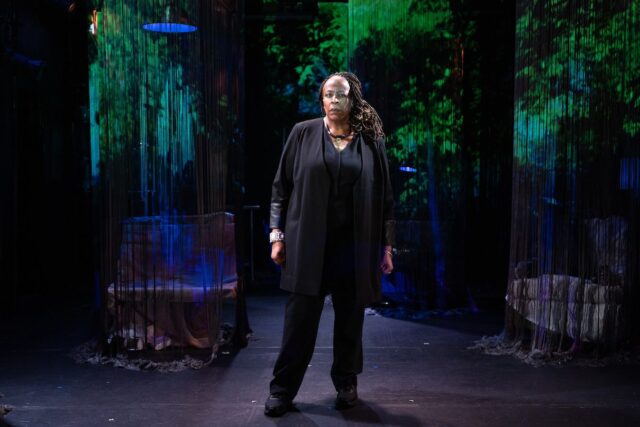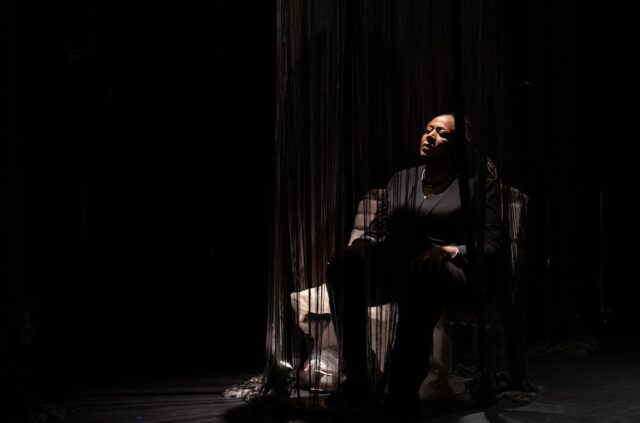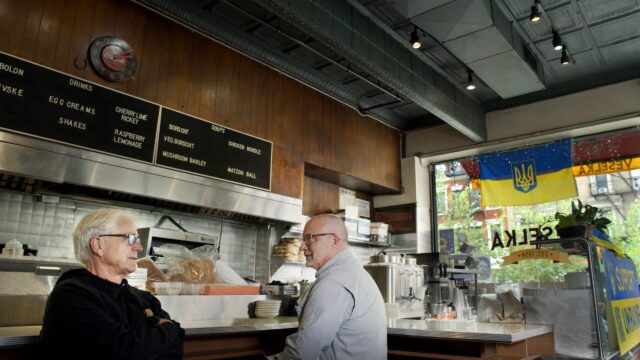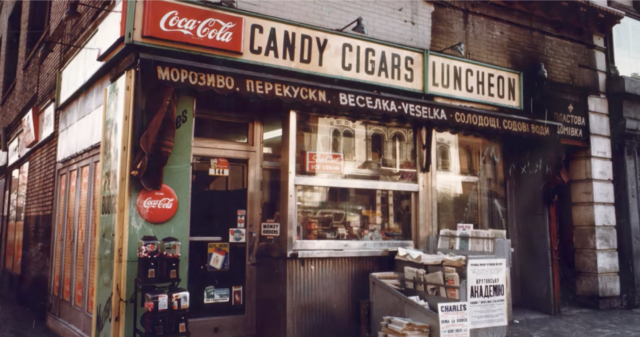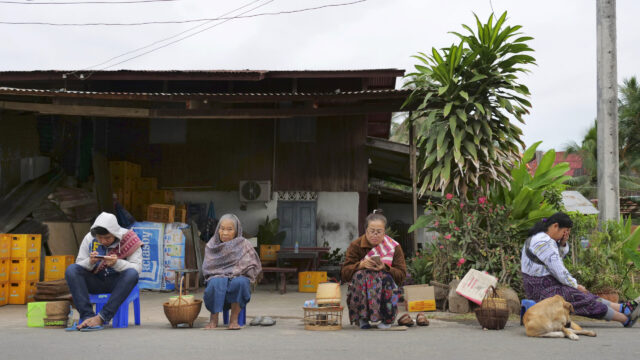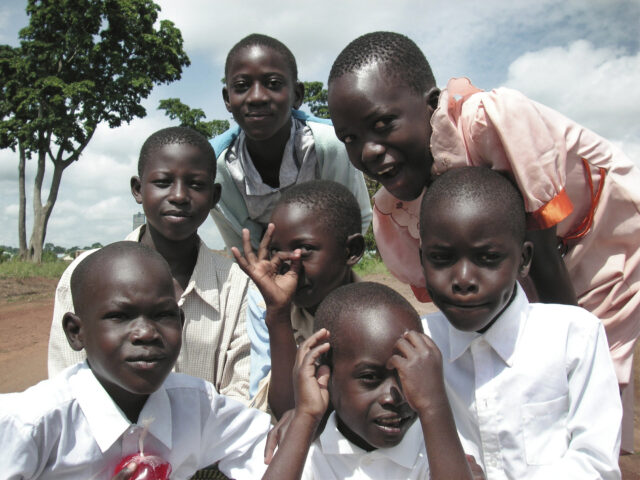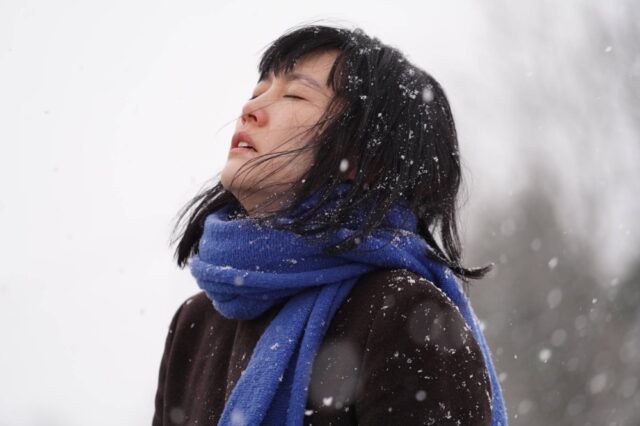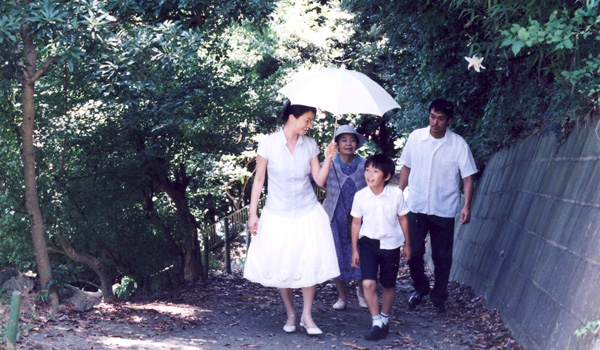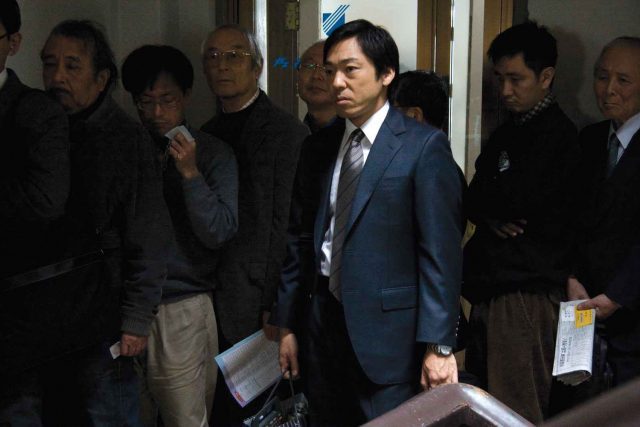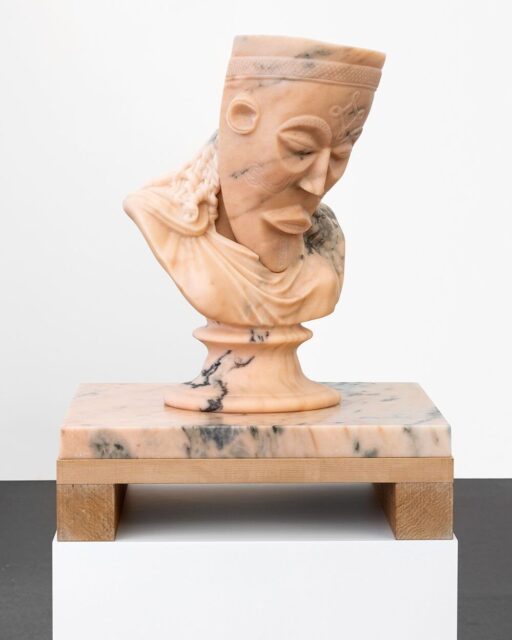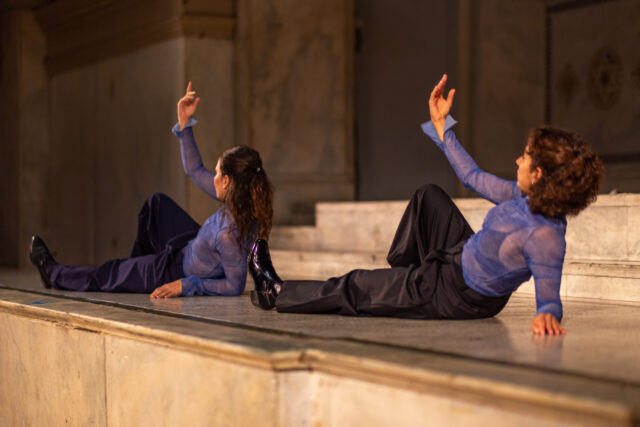
Salma AbdelSalam and Noura Seif Hassanein (nasa4nasa) are part of 2024 Movement Research Festival (photo by Rachel Keane)
MOVEMENT RESEARCH FESTIVAL: PRACTICES OF EMBODIED SOLIDARITY IN MOVEMENT(S)
122CC, 150 First Ave.
Judson Church, 55 Washington Square South
Danspace Project, 131 East Tenth St.
February 28 – March 9, free with advance RSVP
movementresearch.org
The theme of the 2024 Movement Research Festival is “Practices of Embodied Solidarity in Movement(s),” consisting of nine days of live performances, workshops, and talks at three downtown locations: 122CC, Judson Church, and Danspace Project. Curated by Marýa Wethers, director of the GPS/Global Practice Sharing Program at Movement Research, the program features dance artists who are part of GPS MENA, the Middle East and North Africa Exchange Program: Salma AbdelSalam and Noura Seif Hassanein (nasa4nasa) from Egypt, Sahar Damoni from Palestine, Lori Kharpoutlian and Charlie Prince from Lebanon, and F. M. Sayna from Iran; the festival will explore sociopolitical issues that reflect the state of the world today.
Below is the full schedule; all events are free with advance RSVP.
Wednesday, February 28, 6:30 pm
“GPS Chats: Solidarity, Displacement, and Inverted Process in Contemporary Practice,” with F. M. Sayna, Lori Kharpoutlian, and Charlie Prince, 122CC
Thursday, February 29, 10:00 am
“Workshop: back2back,” with nasa4nasa (Salma AbdelSalam and Noura Seif Hassanein), 122CC
Friday, March 1, 10:00 am
“Workshop: the body symphonic,” with Charlie Prince, 122CC
Saturday, March 2, 10:00 am
“Workshop: Lemon Water ma’a Nana (Moving in your own space, and out of it),” with Sahar Damoni, 122CC
Monday, March 4, 7:00 pm
“Performance: Movement Research at the Judson Church,” with solos and group improvisation by Lori Kharpoutlian, F. M. Sayna, Sahar Damoni, and Charlie Prince, Judson Church
Wednesday, March 6, 7:00 pm
“Studies Project: The Political Body in Solo and Collaborative Performance,” with Salma AbdelSalam, Sahar Damoni, and Noura Seif Hassanein, 122CC
Thursday, March 7, 7:30 pm
No Mercy, by nasa4nasa (Salma AbdelSalam and Noura Seif Hassanein), Danspace Project
Friday, March 8, 7:30 pm
Eat Banana and Drink Pills, by Sahar Damoni, Danspace Project
Saturday, March 9, 7:30 pm
Cosmic A*, by Charlie Prince, Danspace Project
